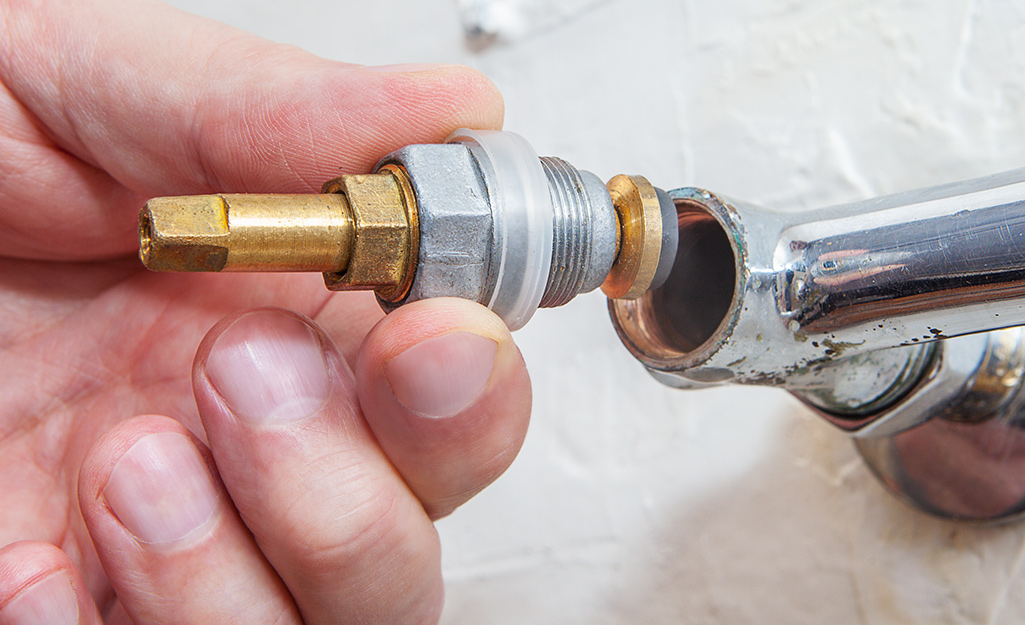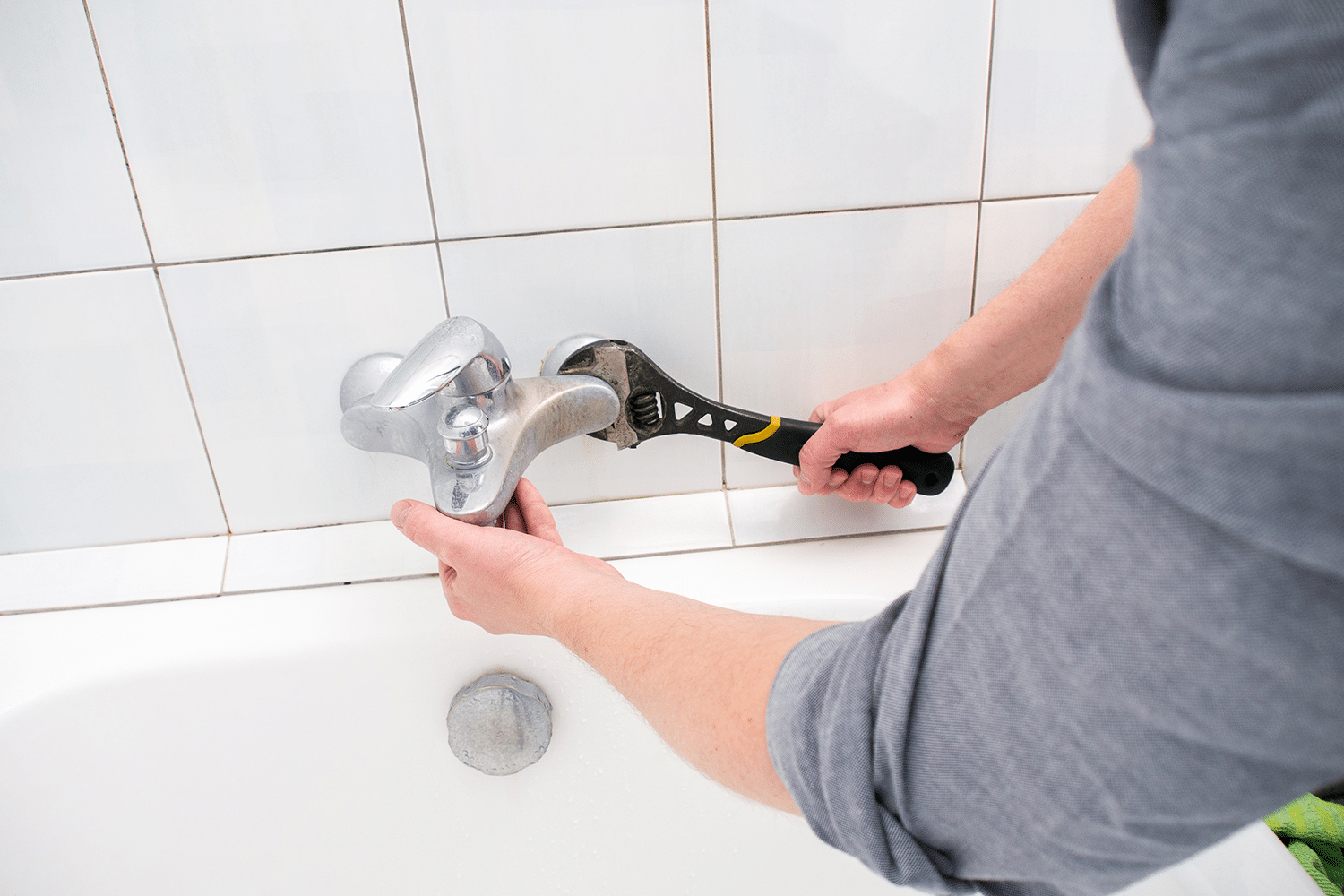When It's Needed to Correct a Dripping Faucet
When It's Needed to Correct a Dripping Faucet
Blog Article
The author is making a few good observations on Should I Repair or Replace a Leaky Faucet? overall in the content directly below.

Leaking faucets might seem like a small trouble, however their impact goes beyond simply the nuisance of the audio. From drainage to incurring unneeded monetary costs and health risks, disregarding a trickling faucet can lead to different consequences. In this article, we'll look into why it's crucial to address this usual household issue quickly and effectively.
Wastage of Water
Environmental Influence
Dripping faucets add considerably to water wastefulness. According to the Environmental Protection Agency (EPA), a single tap trickling at one drip per second can squander more than 3,000 gallons of water annually. This not just pressures water sources yet also affects communities and wildlife dependent on them.
Step-by-Step Guide to Fixing a Dripping Faucet
Tools Called for
Prior to trying to take care of a leaking faucet, gather the necessary tools, including a flexible wrench, screwdrivers, replacement parts (such as washing machines or cartridges), and plumber's tape.
Usual Faucet Issues and Their Solutions
Identify the sort of faucet and the specific concern triggering the drip. Common troubles include damaged washers, rusty valve seats, or damaged O-rings. Refer to supplier directions or on-line tutorials for detailed guidance on repair services.
Financial Costs
Boosted Water Costs
Beyond the ecological influence, dripping faucets can pump up water costs substantially. The gathered wastage in time converts right into greater utility expenses, which might have been prevented with prompt fixings.
Possible Building Damages
Moreover, prolonged dripping can lead to harm to components and surface areas surrounding the tap. Water build-up can trigger staining, deterioration, and even structural problems if left neglected, leading to additional repair costs.
Wellness Worries
Mold And Mildew and Mold Growth
The continuous presence of moisture from a trickling faucet develops an ideal setting for mold and mold growth. These fungis not only compromise interior air quality yet also posture health threats, particularly for people with respiratory conditions or allergic reactions.
Waterborne Diseases
Stagnant water in leaking taps can become a breeding ground for microorganisms and various other pathogens, enhancing the danger of waterborne illness. Impurities such as Legionella microorganisms thrive in stagnant water, potentially resulting in major diseases when ingested or inhaled.
DIY vs. Professional Repair
Pros and Cons of DIY Repair
While some might try to repair a dripping faucet themselves, do it yourself repair services include their own collection of challenges. Without proper expertise and tools, do it yourself efforts can intensify the issue or cause incomplete fixings, extending the problem.
Advantages of Employing a Specialist Plumber
Hiring a specialist plumber guarantees that the underlying source of the dripping faucet is dealt with properly. Plumbings possess the experience and equipment to diagnose and repair faucet issues efficiently, saving time and minimizing the risk of further damage.
Ecological Duty
Specific Contribution to Preservation
Taking obligation for fixing leaking taps lines up with more comprehensive initiatives toward water conservation and environmental sustainability. Every individual's actions collectively make a significant influence on maintaining valuable resources.
Sustainable Living Practices
By focusing on punctual fixings and embracing water-saving practices, individuals contribute to lasting living methods that profit both existing and future generations.
Preventive Measures
Regular Maintenance Tips
To avoid leaking taps, do regular upkeep such as cleaning up aerators, checking for leaks, and replacing worn-out components without delay. In addition, think about installing water-saving tools or updating to a lot more efficient components.
Value of Prompt Repair Works
Resolving trickling taps as soon as they're seen stops additional water wastage and prospective damages, eventually conserving both water and cash in the long run.
Effect On Property Value
Perception of Well-Maintained Residential Property
Preserving a residential or commercial property in good condition, including addressing maintenance issues like leaking faucets, improves its perceived worth and value amongst prospective customers or occupants.
Impact on Resale Value
Properties with well-kept plumbing components, consisting of faucets, command greater resale worths in the real estate market. Resolving dripping taps can add to a positive impact during residential property assessments and negotiations.
Final thought
Resolving a dripping tap surpasses mere comfort; it's an essential step toward saving water, lowering financial costs, and protecting health and wellness and building. Whether via do it yourself fixings or professional assistance, acting to repair dripping taps is a little yet impactful means to promote accountable stewardship of sources and contribute to a healthier, extra lasting future.
Most Common Reasons for a Leaky Faucet and How to Stop the Drip
Whether it’s your kitchen faucet leaking or a bathroom faucet leaking, one leaky faucet can waste anywhere from three to 30 gallons of water every single day. If the constant drip-drip-drip doesn’t get your attention, your water bill will. The good news is that, by following a few simple steps, chances are pretty good you can fix the problem yourself.
Why is it dripping?
Before you start taking things apart, let’s break down some of the most common causes of a leaky faucet.
Bad O-ring.
A cartridge is a valve that controls the flow of water into the faucet spout. On cartridge faucets there’s an O-ring—the little disc attached to the stem screw that holds the faucet handle in place. If it’s loose or worn-out, it can cause your sink handle to leak. Of course, the cartridge itself could be worn out. If that’s the case, make sure you replace it with the exact same kind.
Corroded valve seat.
The valve seat connects the faucet and the spout. If the leak seems to be coming from the spout, it might be because a buildup of water sediment has corroded the valve seat.
Worn-out washers or seals.
A leaky spout could be caused by a bad washer that rests against the valve seat. It’s just a matter of time before friction takes its toll. It could also be the wrong size washer or one that’s been installed incorrectly. Water sediments can also corrode inlet and outlet seals.
Water pressure.
If the faucet only drips now and then, or when you turn the handles a certain way, you should probably check your home’s water pressure.
Loose or broken parts.
The adjusting ring and packing nuts in the stream screw can become loose over time, causing your sink handle to leak. Try tightening or replacing the packing nut. If the leak is coming from the pipes underneath the sink, you probably have a broken pipe or fitting. If that’s the case, you should definitely call a plumber.
Know your faucet.
Faucets come in a variety of types. Each one has its own assembly—and its own possible causes of leaks. Learning about the four most common kinds of faucets will help you know how to take them apart and make any repairs.
How to stop a leaky faucet
Fixing that leaky faucet doesn’t have to take a lot of time, money, or expertise. It’s usually a simple matter of replacing a worn-out washer or gasket, a loose O ring, or another part. Chances are really good you can do this yourself if you follow these simple steps.
Shut off the water.
Before you tackle the faucet, cut off the water supply to the sink. There should be one valve for hot and one for cold. Hand-turn them clockwise with your hands till they close. If there are no valves under the sink, head to the basement and shut off the main water supply to the house. Then turn on the faucet until it empties out the water that’s still in the line and you’re ready to start. It’s a good idea to cover the sink drain with a plug or a rag so you don’t lose any small pieces and parts while you’re working.

I'm just very curious about and I hope you liked our blog entry. Are you aware of another person who is very much interested in the subject? Feel free to share it. Thanks so much for taking the time to read it.
Report this page